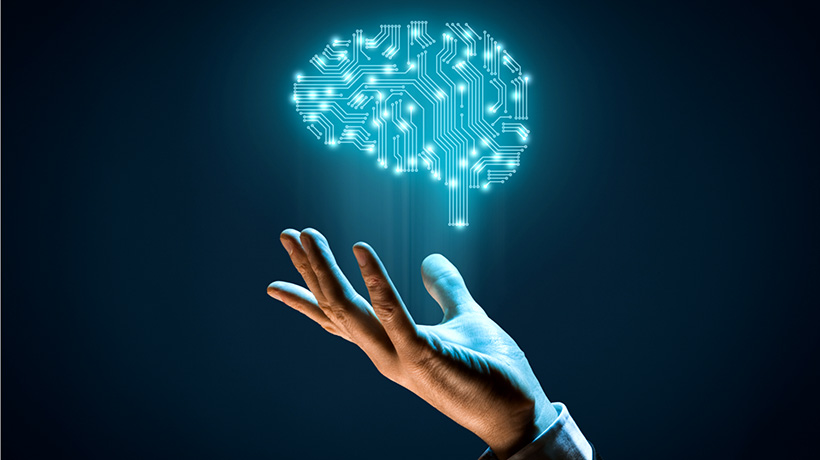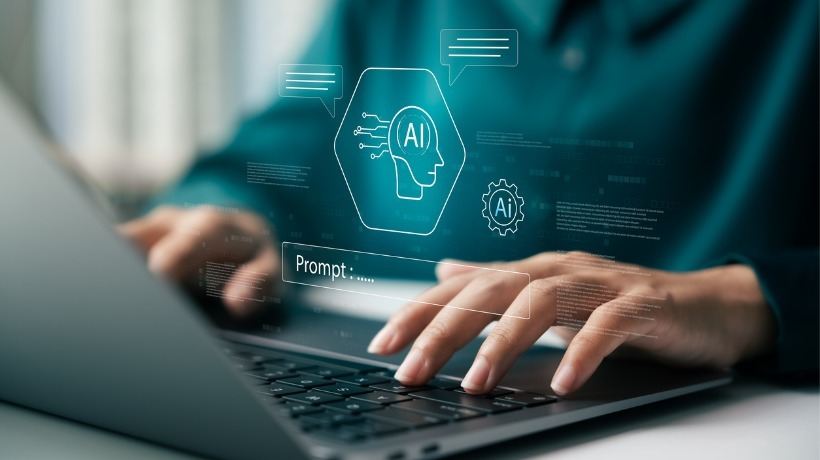Embrace Artificial Intelligence In The Workplace
The adoption of Artificial Intelligence (AI) technology across the globe is presently outrunning the speed at which employees are accepting and embracing AI as a disruptor. Although this poses a significant problem for organizations around the world, it also comes as a unique opportunity to help employees prepare for the changing corporate landscape.
According to a paper published by McKinsey Global Institute, AI technologies are set to generate between 3.5 trillion to 5.8 trillion dollars in annual revenue globally, while Gartner suggests 25% of all customer service operations will use virtual customer assistants by the year 2020[1]. This only goes to show that technological disruption is imminent and inevitable. Global organizations have more than witnessed such significant technological jumps, including the advent of the printing press, computers and automation. However, with AI set to have a deep and transformative effect on industries, society, and life as a whole, it is imperative for organizations to slowly, yet surely, align themselves and their employees with this transformation.
Leading organizations are planning to adopt AI in the workplace, some in the form of virtual personal assistants, speech recognition, machine learning, and natural language processing. While organizations that have already invested in AI are certain to reap the benefits of long-term growth and success. But, what does AI adoption mean for the employees? At a rudimentary level, the fear of job loss and unemployment is quite understandable, especially for those working in software development, data science, manufacturing, and engineering. They view AI as a threat that can put them out of their jobs or make them a secondary resource to accommodate the capabilities of AI.

Investing In Learning And Development
Despite the fears, a more positive counter effect of AI adoption is the onset of awareness among organizations in terms of employee training and development. AI adoption comes with its own baggage of investments in technologies that will support the adoption and implementation. As well as Learning and Development programs and platforms for the employees who will work in tandem. There is no way that organizations can afford to invest in AI and not invest in ancillary technology and the development of their human workforce.
According to a recent study by Infosys, AI is viewed as a long-term strategic priority for innovation by global organizations. Out of all the respondents, 76% state that AI is essential for their organization’s strategy to succeed, while 64% believe that AI will drive the organization’s growth. However, 62% say strict ethical standards are necessary, with most respondents citing optimism about reinstating displaced employees, and 84% planning to train employees.
So, it is critical that organizations invest in L&D and learning platforms to pave the path for continuous learning.
Role Of AI In Shaping The Future Workforce
AI adoption in corporate L&D is pivotal for shaping the workforce of the future. With Millennials set to make up 75% of the global workforce by 2020 as per The Deloitte Millennial Survey [2], a Gallup research suggests 87% of millennials prefer workplaces that offer Learning and Development opportunities [3].
The advantages of adopting AI in corporate learning are manifold. With employee engagement continuing to pose a threat to productivity, advanced techniques, including AI-powered chatbots, personalized learning, instant feedback and learning analytics amongst others have proven quite effective.
Chatbots
According to several predictions, 85% of consumer interactions are set to occur without a human and 80% of organizations will use chatbots by 2020 [4]. With AI-powered chatbots, organizations can leverage natural language processing and machine learning capabilities to improve learning outcomes. More advanced chatbots can also act as teaching assistants and deliver quick resolutions to learners’ queries.
Personalized Training
AI technology enables organizations to deliver more personalized training depending upon individual learners’ needs. As different learners learn differently (one learner may respond well to ILT or blended learning, while another may need a different delivery mode), AI can recognize the learning behaviors of individual learners and give personalized insights and recommendations.
Instant Feedback
In today’s highly competitive marketplace, organizations want instant results and expect real-time feedback on everything. Similarly, they expect real-time information on the impact of their training programs. An AI-powered learning platform or LMS makes this easily possible and also enhances the feedback process.
Learning Analytics
Learning analytics has, to some extent, changed organizations’ approach towards employee training. With AI-powered analytics, organizations can finally achieve a better understanding of their employees’ needs and make informed decisions to drive a more positive learning impact.
L&D, with the help of AI technology, has a major role to play in shaping the future workforce. Organizations are presently developing AI platforms that are set to be intrinsic to our workplaces in the near future. Likewise, the future workforce will require the right skill-set and the expertise to collaborate with such advanced AI systems, and this can only be achieved through L&D.
As for the growing fears of mass unemployment, human intervention will be integral to every aspect governed by AI, as human ingenuity in areas of problem-solving will always take precedence over an AI. Because, all said and done, humans are not only capable of enduring disruptions, but also helping shape our future.
AI is certainly going to be a great enabler that improves our personal as well as our work lives and opens up more gateways to train the workforce of the future. So, are you planning to use AI to future-proof your workforce?
References:
[1] Newsroom (https://www.gartner.com/en/newsroom/press-releases/2018-02-19-gartner-says-25-percent-of-customer-service-operations-will-use-virtual-customer-assistants-by-2020)
[2] The Deloitte Millennial Survey (https://www2.deloitte.com/us/en/pages/about-deloitte/articles/millennial-survey.html)
[3] The Replacement for Annual Reviews (https://www.gallup.com/services/192827/organization-greatest-potential-unlocked.aspx)
[4] 21 Vital Chatbot Statistics (https://outgrow.co/blog/vital-chatbot-statistics)









